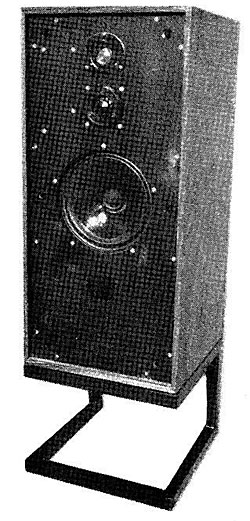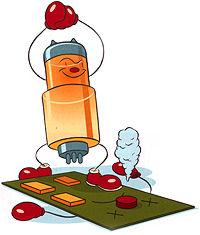| Columns Retired Columns & Blogs |
LATEST ADDITIONS
|
Sep 24, 2000 |
0 comments
In general, it's still true that you get what you pay for. But sometimes you don't . . . you get more. What audio product has surprised you with its return on investment?
What audio product has turned out to be worth far more than its price, giving you the biggest bang for the buck (or quid, or yen, etc.)?
Here it is:
93% (184 votes)
Doesn't exist!
7% (13 votes)
Total votes: 197
 This smallish loudspeaker system has been getting high ratings in the English audio magazines for some years but was not available to US consumers until recently, when the small firm (literally a Mom'n'Pop enterprise, footnote 1) arranged for US distribution through Audio International.
This smallish loudspeaker system has been getting high ratings in the English audio magazines for some years but was not available to US consumers until recently, when the small firm (literally a Mom'n'Pop enterprise, footnote 1) arranged for US distribution through Audio International.





